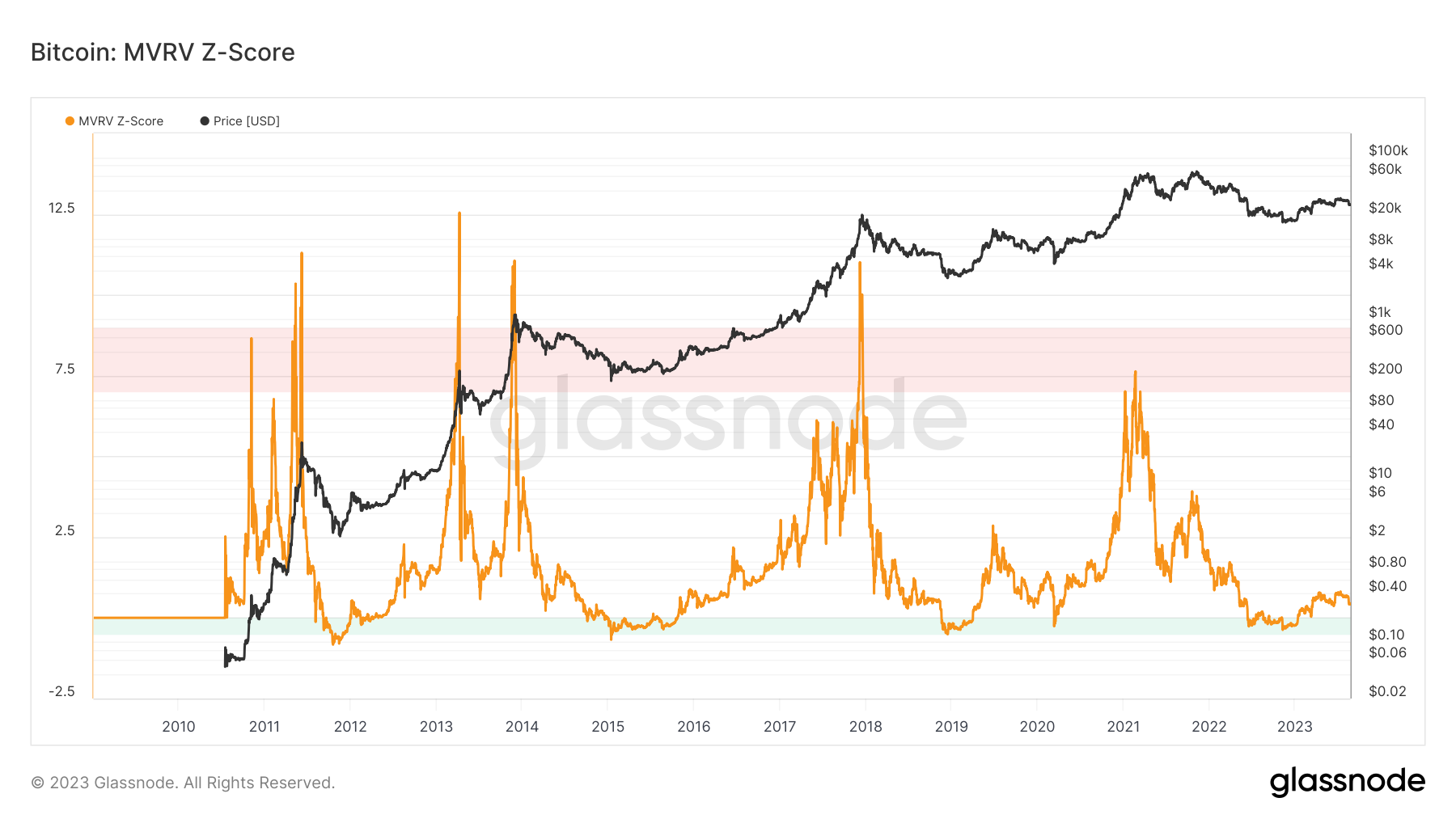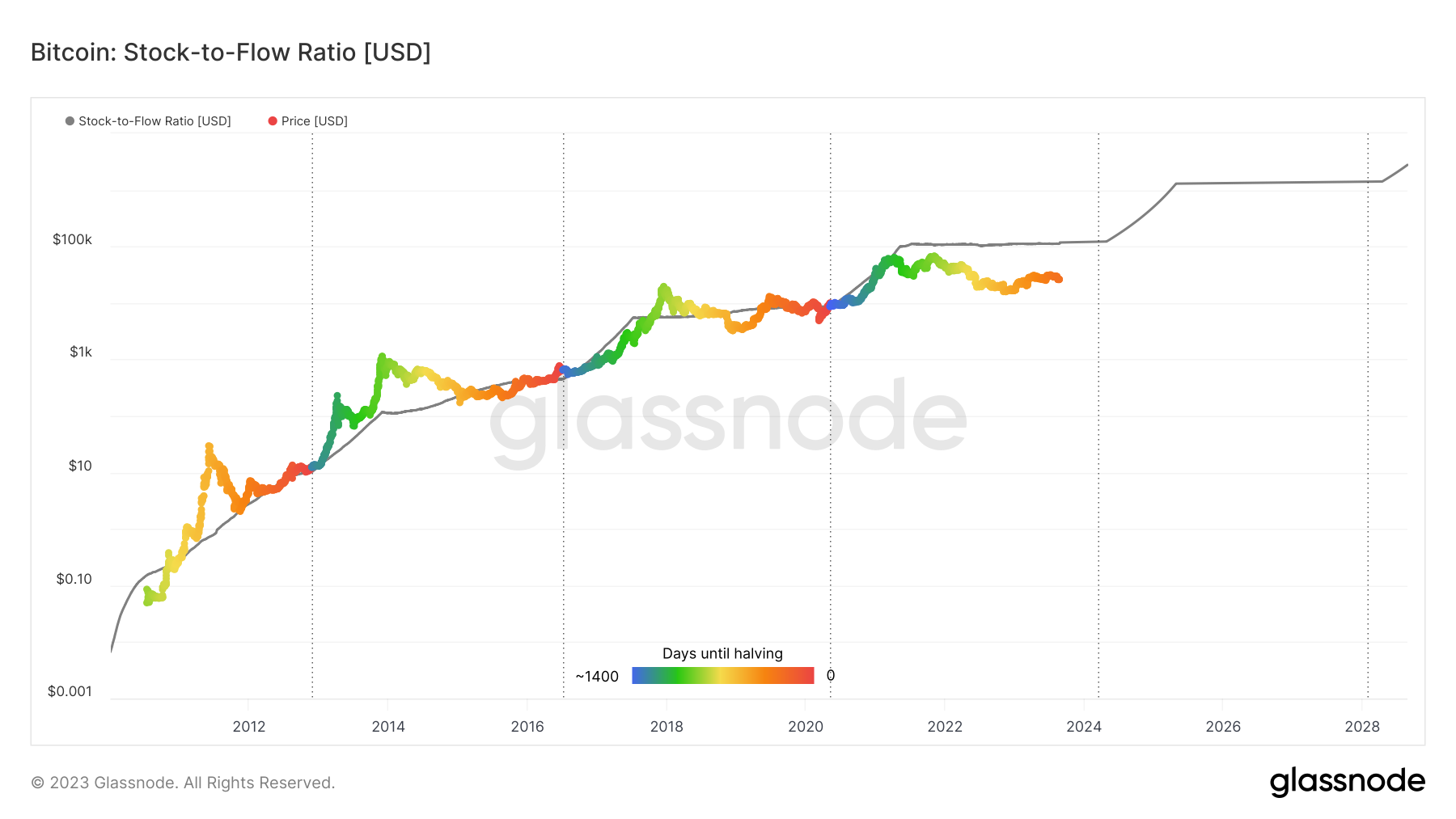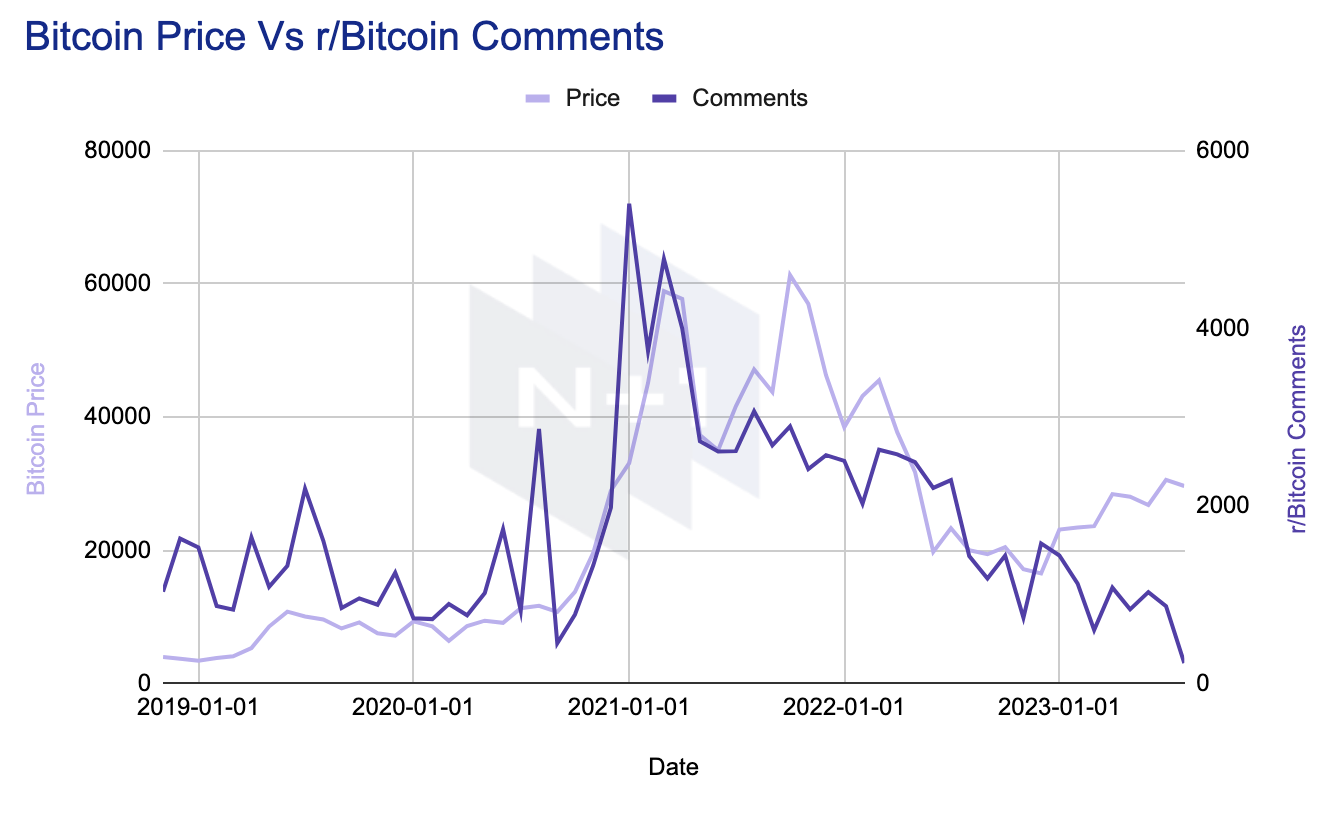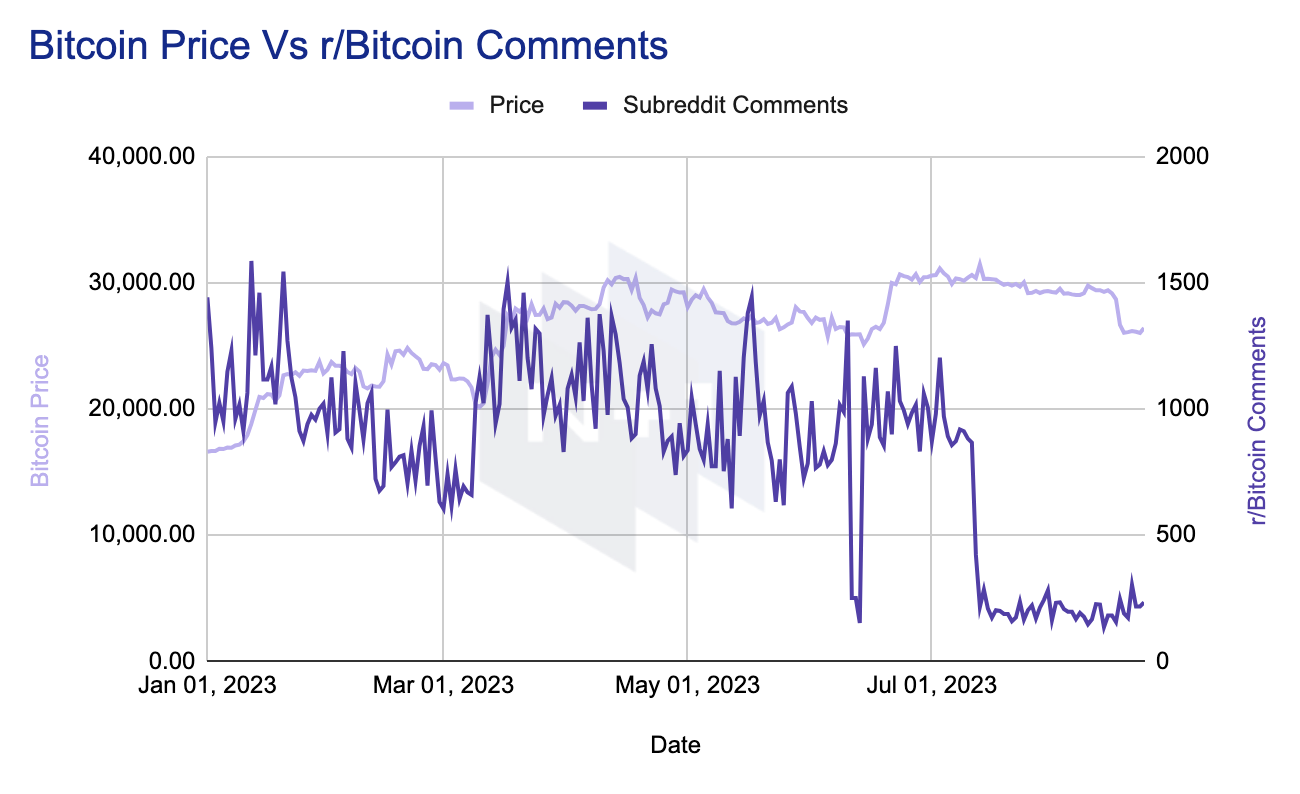August 25, 2023

Hello Investors,
⭐️ Welcome to N+1 Action, where we bring you up-to-date performance metrics for our trading algorithms and portfolio insights along with the latest data on macro economic and media trends.
📋 The crypto community is an unhappy bunch this morning as the Biden administration announced new crypto tax reporting rules. The proposal would have cryptocurrency brokers, which includes exchanges and payment processers, report user's sales and exchanges of digital assets to the Internal Revenue Services.
In addition, despite decreasing inflation, Federal Reserve Chair Jerome Powell annouced today that inflation rates are still too high and warned that more interest rate increases could come. So far the market has yet to react and bitcoin has remained steady at $26,000 this week.

✉️ If you have questions about our newsletter or about the crypto market in general, please reach out and we would be happy to get you started on your crypto journey!
Safe Trading,
The N+1 Team
AI Trading Insights
AI Trading Insights
N+1 Analytics’ builds automated trading algorithms for buying and selling crypto coins such as bitcoin and ethereum. We apply AI and advanced statistical models to technical and historical information. Our algorithms monitor and analyze crypto markets and on-chain data 24/7.
The following table shows different ways of using our trading algorithms Ixion and Icarus and describes various standard performance metrics.
- Ixion BTC Long/Short trades BTC long and short.
- Ixion BTC Long Only and Icarus BTC Long Only buys and holds BTC or sells BTC into a cash position.
- Icarus ETH Long Only buys and holds ETH long or sells ETH and holds cash.
- BTC Benchmark is buy and hold BTC, which is a commonly used benchmark.

Portfolio Insights
Portfolio Insights
A common method to gain long-term risk adjusted exposure to an industry is by building a portfolio of diverse assets. There are many different ways to build a portfolio. In Portfolio Insights, we explore various ways of constructing robust crypto portfolios based on a common basket of 20 coins*. We included the top 20 coins based on market capitalization starting January 1, 2019, and rebalanced the portfolio once a year. We excluded stablecoins such as Tether (USDT) and USD Coin (USDC), as well as coins with trading volumes below $1,000,000 in a 24-hour period and controversial or known ‘scam’ coins.
We use AI and data analytics to create four different portfolios that provide broad exposure to the crypto market with the goal of maximizing return through various risk adjusted methods (see glossary). During “crypto winters”, BTC tends to outperform a diverse portfolio. However, a portfolio can outperform BTC in market up trends.

*N+1 20: Bitcoin, Ethereum, Ripple, Litecoin, BNB, Bitcoin Cash, Solana, EOS, Cardano, Dogecoin, Stellar, Polkadot, Polygon, TRON, Monero, Chainlink, Avalanche, IOTA, Shiba Inu, Tezos, Theta Network, Cronos, Uniswap, Dash, Huobi Token, NEM, NEO, Algorand, Ethereum Classic, VeChain, Toncoin, Zcash, Celsius, NEAR Protocol, Waves, Cosmos, OMG Network, Maker
Macro Insights
Macro Insights
There are important macro trends in the crypto market. For example, we have been following the four-year halving cycle to plan for trends in the market. You can read about it in our Insight: Bitcoin’s halving cycle - What it means for your investment. They are observable through metrics that measure market activity over long periods of time, often years. Macro indicators can help make long-term decisions about market direction and price movement. Macro Insights features two bitcoin indicators that show when it is under and overvalued over the four-year halving cycles, MVRV and Stock-to-flow. These crypto indicators are critical for assessing the potential future direction of the cryptocurrency market.

Why this indicator?
MRVR - The Market Value to Realized Value metric is calculated by dividing the Market Cap (paper value) by the Realised Cap (last transacted price). This indicator helps us understand when BTC is overvalued and undervalued relative to its “fair value.” When the indicator is high, in the red zone, BTC tends to be at a trend price peak and overvalued. When the indicator is low, in the green zone, BTC tends to be at or near a market bottom and undervalued.
MRVR is undervalued BTC = +1
Why this indicator?

Stock-to-Flow (S2F) - The BTC S2F model is based on the principle that bitcoin’s value can be understood by measuring scarcity and observing it over time against the four-year halving cycle. This model compares its circulating supply, or stock, to its annual incoming supply, or flow. A higher S2F ratio signifies that the asset is scarcer and therefore more valuable. This is a macro level indicator showing how BTC price is performing based on long term supply as a commodity like gold or oil.
We use the S2F model to predict bitcoin’s future price. When price is above the S2F line, BTC tends to be overvalued. When price is below the S2F line, BTC tends to be undervalued. In addition, BTC tends to be at its most undervalued point when it is a year before the halving, which is when price turns blue. According to the S2F model, the best period to buy BTC is when it is orange.
Stock to flow is undervalued for BTC = +1
Crypto/blockchain indicators current: +2
Price prediction for BTC: Bullish
Media Insights
Media Insights
The media plays an important role in the development of the crypto market. However, its role is not well understood or measured. The media shapes information flows about crypto and focuses our attention on some things and not others. In short, the media plays a strong role in creating the crypto agenda and framing the narratives. Thus, it influences what and how we think about crypto. Our communication science team illustrates crypto narratives in various types of media streams such as news and social media. We develop Media Insights on the relationship between media and crypto price action, volatility and popularity.
We feature three types of media flows that measure crypto topics: 1) Google Trends; 2) Wiki page views; 3) Reddit comment volumes. Each of these media flows provide a measure or proxy for periods of over and under attention in the crypto market.


Google Trends - Measures the relative volume of Google searches over time. Google Trends shows the number of searches for a particular topic on Google’s search engine. We theorize that when these searches are increasing it reflects a rise in interest in coins or crypto developments and may be positively correlated with crypto prices. Moreover, crypto prices may have a negative correlation to searches as they peak or decline to extreme levels. This reflects situations of very high market exuberance or lack of interest which we might see at crypto market tops or bottoms. For example, the 2017 Bitcoin search peak of 100% gives a baseline for attention levels. Search quantities below this 2017 peak are potentially under attended or fairly attended periods.


Wikipedia Page Views - Similar to Google trends, Wikipedia page views proxy the level of attention in the crypto market. Wikipedia page views typically indicate interest in topics and ideas. These page views may represent a desire to attain more detailed and specific knowledge in the crypto space. Moreover page views may show a more intense and serious interest in a topic compared to a Google search.


r/Bitcoin Subreddit Comments - The r/Bitcoin proxies the level of attention in community conversations about the crypto market. It is the oldest subreddit dedicated to the Bitcoin, blockchain and crypto space. Like Google Trends and Wikipedia page views, the amount of posts typically indicate levels of attention about Bitcoin in particular and crypto technology and markets in general. These discussions represent a desire to engage other users about and participate in the crypto space. Where Google Trends measures general interest and Wikipedia page views measure information gathering activity, our r/Bitcoin index measures community engagement among early adopters.
N+1 Insights is meant for informational purposes. It is not meant to serve as investment advice.
